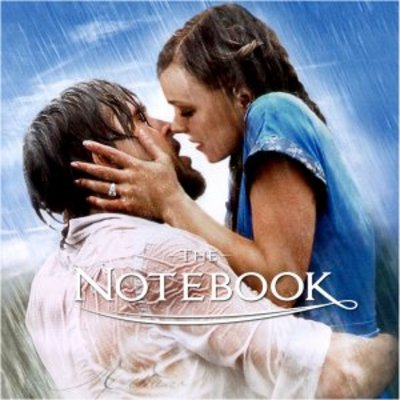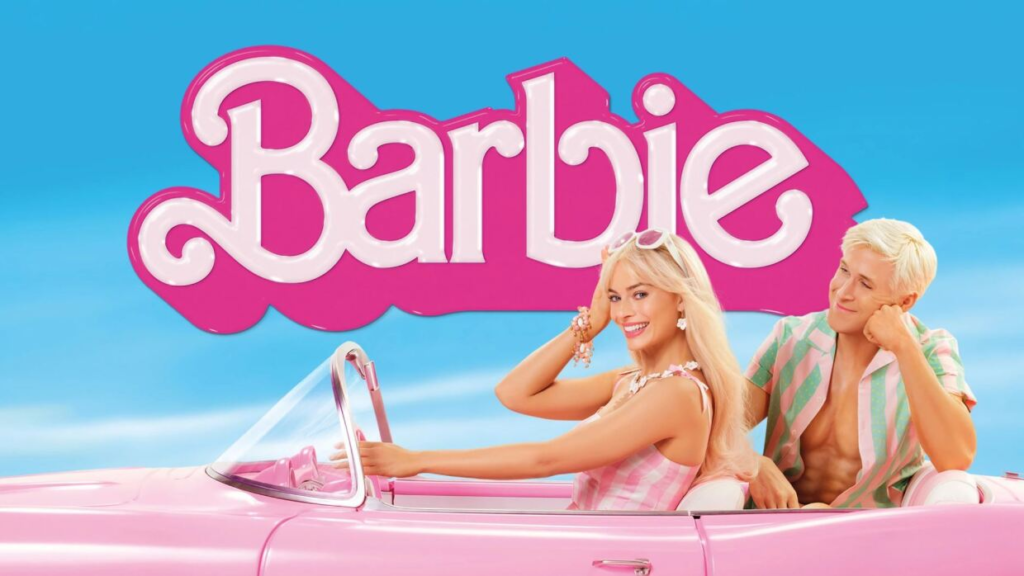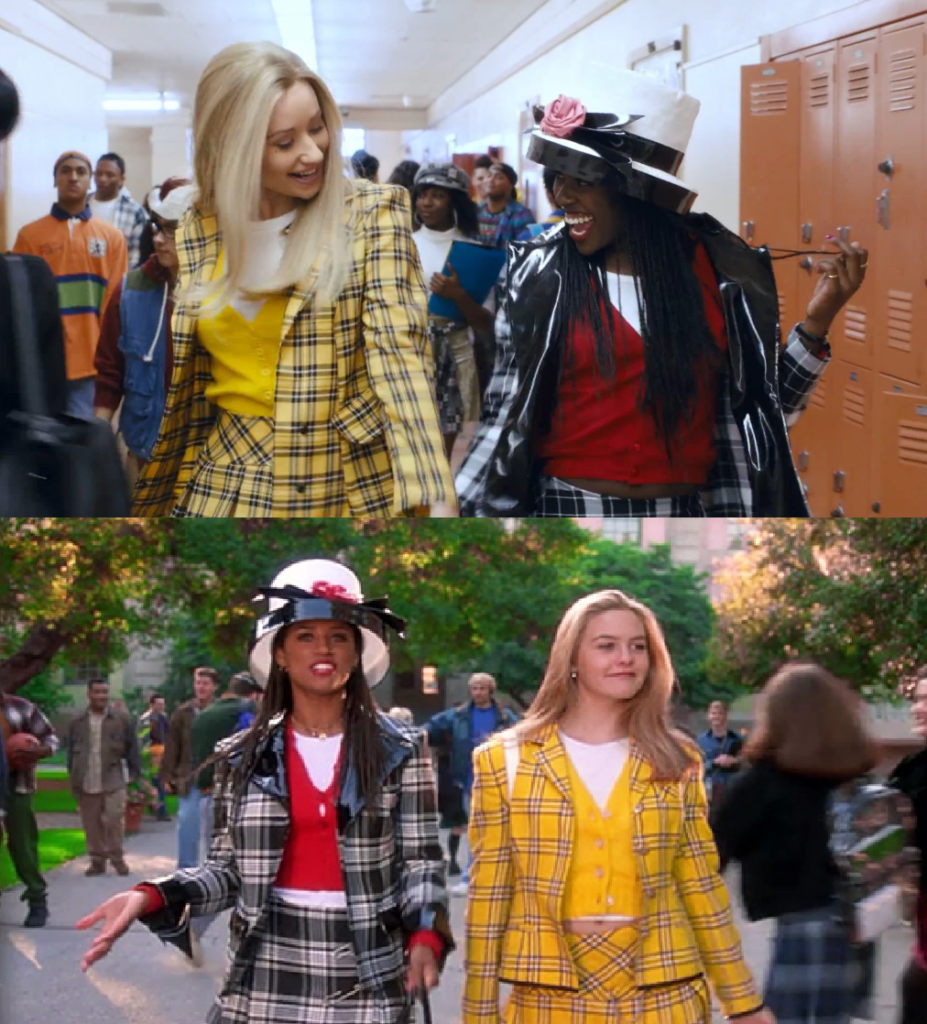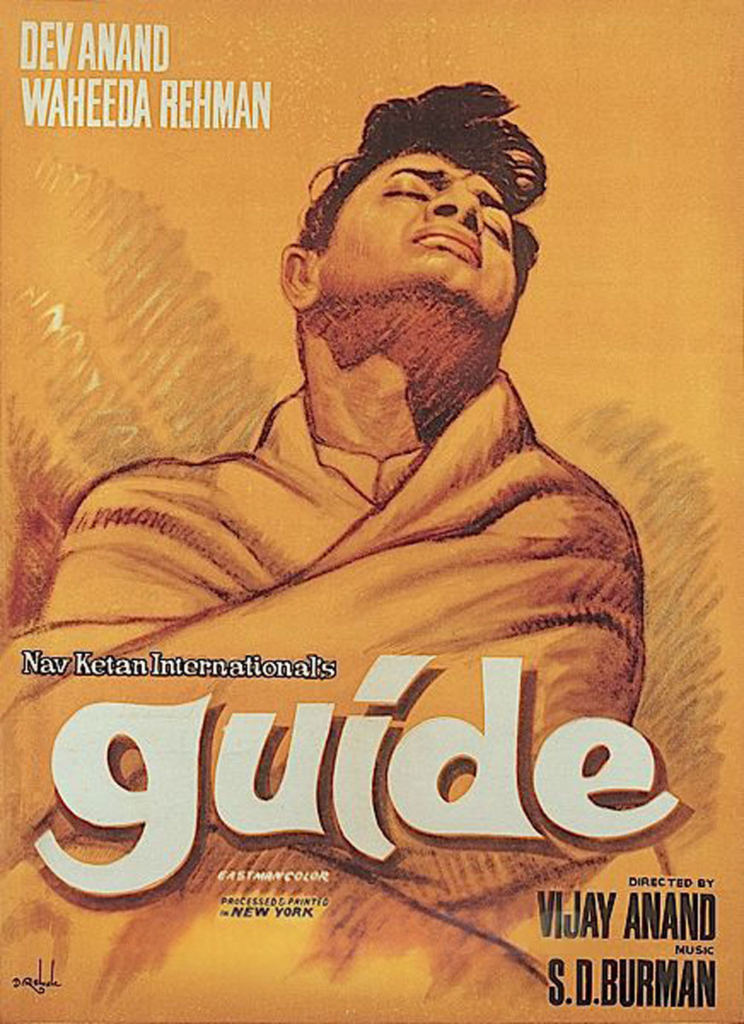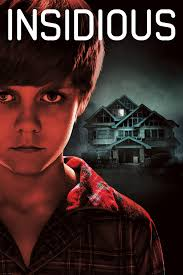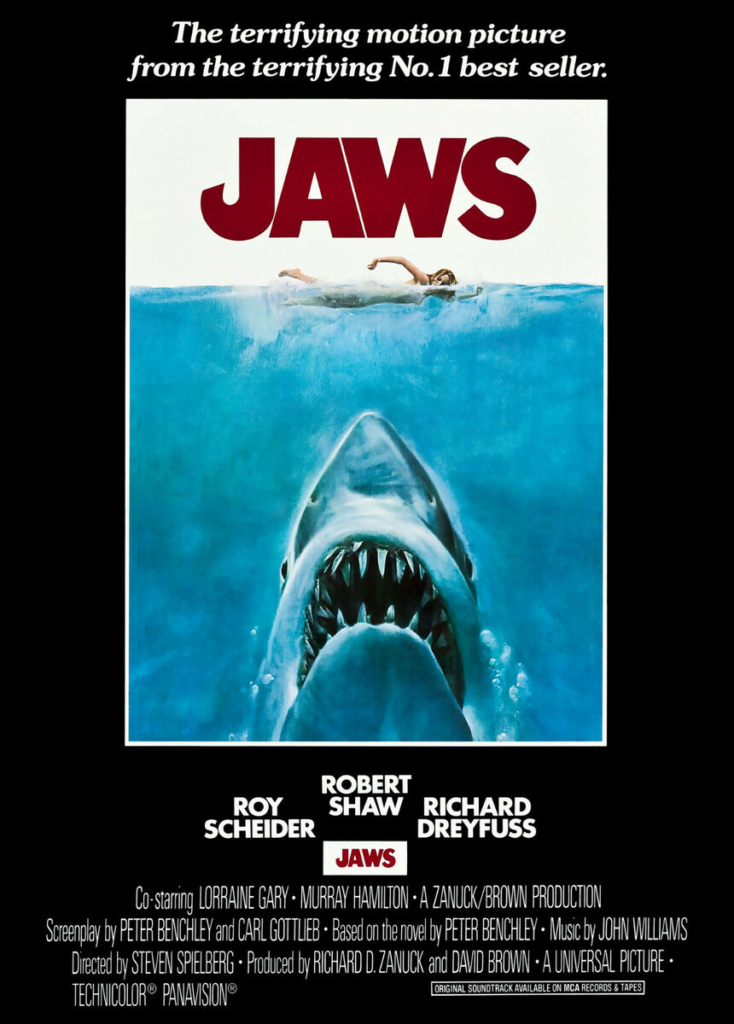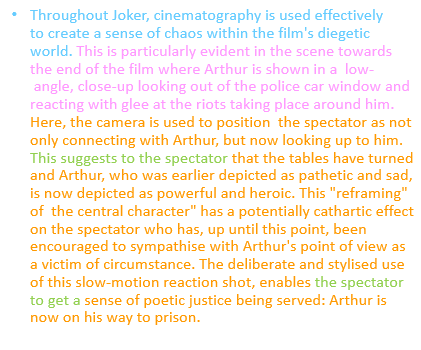Part 1: Brief Reference
| What did you like about the film? I liked the way the music added extra dimension to the still images, it clearly showed the different moods. | What didn’t you like? I didn’t like the tone of voice used in the voice over. The images were black and white, and the tone of voice and delivery was deep and mysterious creating the energy to drop. |
| What ideas could you use? Narrative or style? I like the idea of the still images and voice overs; I think it’s different. However, I won’t use a still image for over 4-5 seconds as that is when the audience’s attention gets lost. | What ideas won’t you use? Why? I won’t incorporate the narrative storyline because it didn’t interest me. |
Part 2: In-Depth Study – Narrative
| Narrative Feature | Example | Your own example |
| Establishing protagonist – what information do we find out? How is it conveyed? | Introduced only in narration – first in third person as “a man marked by an image”; then in first person -memory of incident at the airport. We don’t see him until the first experiment is shown. This shows how core the act of remembering is to his identity – indeed we find out very little about him (he remains nameless) apart from his ‘remembering’ (even when he is travelling in time). | When establishing the protagonist, we are told he is not the first Guinea pig and others have gone “mad” when selecting their next victim, they chose a prisoner with a very memorable and clear imagination helping them when trying to time travel. It says “he was frightened” as he had heard past stories about what it does to people. The whole scene when first addressing the protagonist is used with a close-up which really catches his emotions. |
| Establishing other characters – what information do we find out? How is it conveyed? | The Woman is the first person we see (“the only image to survive the war”) – and she is defined only by the fact the narrator remembers her. Feminist critics may comment on the fact she barely seems to exist outside the experiences of the narrator and her growing belief in him. | The scientists are first established at the 4:00-4:45 mark, the voice over is describing what they do (taking prisoners and taking them for experimental reasons with time travelling) it clearly describes that their experiments have not worked yet and made people “mad”. |
| Establishing location (time and place) – what information do we find out? How is it conveyed? | We were told immediately that the location was Paris. The bombed-out wreckage of the city (real WW2 images) doesn’t immediately establish that this is the future until the narrator mentions radiation. The underground location beneath the Palais de Chaillot is shown by intercut images of broken cherubs and other sculptures. | When establishing the location, when introducing the film production and directors and other people who were involved with the process there is a wide and long shot image of an airport however, when establishing the key location (the jetty) it shows us around three still images of it, the children watching the planes departing, the air hostess walking to the planes. This is when we see the main location of where the plot happens. |
| Creating Enigmas – what are they? How are they created? | The image the narrator obsesses over is the central enigma: who is the man he witnesses dying? How does he die? Who is the woman? The still images and voiceover powerfully evoke the nature of memory. | What other questions are posed throughout the narrative? Do the women know he is going to die? Does he know that if he picks the past he will die? How did his younger self see him die? |
| Narrative binary oppositions | The ‘Living Present’ vs Past/Future. As the film progresses, what constitutes the ‘present’ (for the protagonist) seems to shift from his dystopian subterranean society to the ‘past’ of pre-apocalypse Paris. This is conveyed by the faster rhythm of the montage and the sequence (18:00-18:49) where the images almost become like traditional cinema. | This starts off with the women breaking the still images and seen moving. However, this happens in the past (his time travelling) and completely jumps to a worm’s view shot of the scientist quickly adjust the audience mind between past and present day. |
| Crisis – how was this conveyed? | Is it the first experiment? The moment the man spots the woman from the airport? Or is it when the future society offers him the chance to escape to the future? | What do you think is the crisis point? How does this affect the rest of the narrative? I think the first experiment is when he is when he spots the women from the airport. His memory recognizes her and now his realisation that he can pick the future or past and he picks the past shows a true reflection into the first obstacle he faced was seeing her and wanting to stay. |
| Resolution – is it a closed or open narrative? | The narrative is closed – but it is also in a loop: the narrator is both the dying man and the child watching the scene. This ‘time paradox’ has inspired films as diverse as The Terminator and Looper (as well as 12 Monkeys which is almost a remake). | What do you think about the end? Is it closed – or endlessly circular? I think the ending the ending is closed as you can easily gather that the man getting shot at the end was him meaning that when he was younger, he watched himself being shot. I think if you follow the story line and know that the reason he was killed is because picked the wrong time travel (picked the past not future). |
Part 3: Meaning and Effect
| What did you think was the intention of the filmmaker(s)? Intellectual message? Emotional response? Everyone is trapped in their time – they cannot escape it, even though memory. It is also about the concept of photography and cinema itself, trying to ‘freeze’ time with images despite time always being in motion. | How was this achieved? The use of photomontage separates each frame of the story into a frozen image – even though these are joined together using traditional narrative film techniques such as voiceover, dissolves, fades and music. As the man begins to ‘live’ more and more in the ‘past’ with his lover, the space between these frames speeds up to resemble ‘motion picture’ speed at one point. The stuffed animals in the museum are also ‘frozen’ in a single moment. Your own idea: I think the film makers intentions was that their love was never to be (not meant to be together) no matter how hard he tried, even when picking the past to stay with her he died. I think this was meant to happen for a reason, did the women manipulate him and did she know he was going to die. |
| Aesthetic binary oppositions The use of still photo images is combined with traditional narrative cinematic techniques that bring them ‘to life’… until the moment around 18:00 when they flow together. | Effect of these oppositions? Shows the intensity of emotion the narrator feels with his lover: like he is finally ‘living’ in moving time rather than a series of frozen, separated moments. Your example: The past vs feature. The past is the place that is calling him, his loved one is there, and he is enjoying it more. The feature shows new technology and different ways of presenting themselves. |
Inspirations – what ideas did this film give you for your own short film?
| Establishing characters, setting, plot, theme: The way the characters are seen/shot after the location. It gives the audience a tension of who the characters are. | Creating enigmas: Establishing the location, before any key characters. Talking about why they are at the jetty. |
| Narrative structure (non-linear? Open/ closed ending?) The ending was closed in this short film, it gave an easy understanding from the audience’s point of view of what happened at the end. I think I would incorporate this in my short film as it rounded off the needing neatly. | Striking use of technical features: This short film uses still images instead of live acting, this is a striking technical feature. It has given me a new feature to work with but getting my narrative across could be difficult. |
